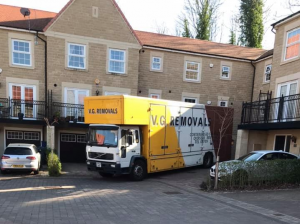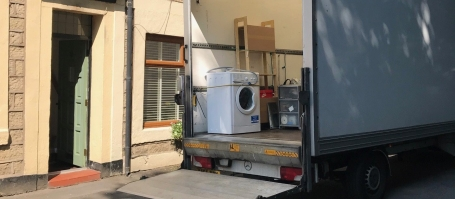Most generally connected with transport contamination are oil slicks. While less incessant than the contamination that happens from everyday tasks, oil slicks have obliterating impacts. While being poisonous to marine life, polycyclic fragrant hydrocarbons PAHs, the segments in raw petroleum, are extremely challenging to tidy up and keep going for quite a long time in the silt and marine climate.

Marine species continually presented to PAHs can display formative issues, powerlessness to illness, and unusual contraceptive cycles in Removals Cambridge . One of the more broadly realized spills was the Exxon Valdez occurrence in Alaska. The boat steered into the rocks and unloaded a monstrous measure of oil into the sea in March 1989. Notwithstanding endeavors of researchers, administrators and volunteers, more than 400,000 seabirds, around 1,000 ocean otters, and monstrous quantities of fish were killed.
Wastewater
The voyage line industry dumps 255,000 US gallons 970 m3 of greywater and 30,000 US gallons 110 m3 of blackwater into the ocean consistently. Blackwater is sewage, wastewater from latrines and clinical offices, which can contain destructive microbes, microorganisms, infections, intestinal parasites, and hurtful supplements. Releases of untreated or deficiently treated sewage can cause bacterial and viral defilement of fisheries and shellfish beds, creating dangers to general wellbeing. Supplements in sewage, like nitrogen and phosphorus, advance unnecessary algal blossoms, which burns-through oxygen in the water and can prompt fish kills and annihilation of other amphibian life. An enormous voyage transport 3,000 travelers and group produces an expected 55,000 to 110,000 liters each day of blackwater squander.
Greywater is wastewater from the sinks, showers, galleys, clothing, and cleaning exercises onboard a boat. It can contain an assortment of toxic substances, including fecal coliforms, cleansers, oil and oil, metals, natural mixtures, oil hydrocarbons, supplements, food waste, clinical and dental waste. Testing done by the EPA and the territory of Alaska tracked down that untreated greywater from journey boats can contain toxins at variable qualities and that it can contain levels of fecal coliform microscopic organisms a few times more prominent than is normally found in untreated homegrown wastewater. Greywater can possibly cause unfriendly ecological impacts due to convergences of supplements and other oxygen-requesting materials, specifically. Greywater is normally the biggest wellspring of fluid waste produced by journey ships 90 to 95 percent of the aggregate.
Strong waste
Strong waste that enters the sea might become marine garbage, and would then be able to represent a danger to marine life forms, people, seaside networks, and ventures that use marine waters. With enormous journey ships conveying a few thousand travelers, the measure of waste produced in a day can be monstrous. For a huge voyage, around 8 tons of strong waste are created during a one-week journey.
It has been assessed that 24% of the strong waste created by vessels around the world by weight comes from journey ships. Most journey transport trash is treated readily burned, pulped, or ground up for release over the edge. At the point when the trash should be off-stacked for instance since glass and aluminum can’t be burned, journey boats can put a strain on port gathering offices, which are once in a while sufficient to the undertaking of serving an enormous traveler vessel.

